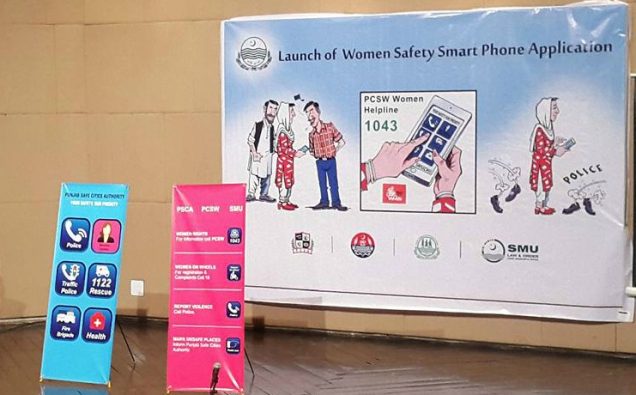
After embracing e-government technologies in revenue and traffic regulation, Pakistan’s Punjab province has launched a smartphone application enabling women to report incidents of harassment to police to promote women’s safety.
Users, who feel threatened can call an emergency response police team with the click of a button. Police should be able to track their location via a built-in global positioning system (GPS) for quick rescue of the victims, officials say.
“Though the App primarily covers street harassment, it also has a feature for woman who is inside the house and is suffering physical violence to call for help,” said Fauzia Viqar, chairperson of the Punjab Commission on the Status of Women.
According to Viqar, users can also use the App to mark unsafe locations and access a toll-free helpline which provides information on laws to protect women’s rights among other services.
Women’s rights organizations have hailed the launch of the App.
But, many say, a lot of women, especially in remote rural areas, have no access to smartphones.
“It can ensure timely rescue. But it may not be effective in rural areas where people are generally poor and do not have smartphone,” Romana Bashir, who heads women’s rights organisation, the Peace and Development Foundation, according to a report.
Last year, Punjab, Pakistan’s largest province, passed a law giving legal protection to women from domestic, psychological and sexual violence bur far right people are opposed to giving women their long-denied rights, although the Constitution gives them these rights.
Pakistan is a conservative society but has also had women in leadership positions. Still a large number of women also face incidents of domestic violence, workplace harassment and honorary killings.
While the launch of a women safety smartphone application is an appreciable step,Pakistan has much to do to address gender inequality and fix some serious centuries-old social issues to realize empowerment and participation of women at grassroots level.
It is the change of mindset through education of both men and women and empowerment of women, especially in remote areas of the province and the country, that would be the key drivers in ensuring women get their constitutionally guaranteed rights.

















